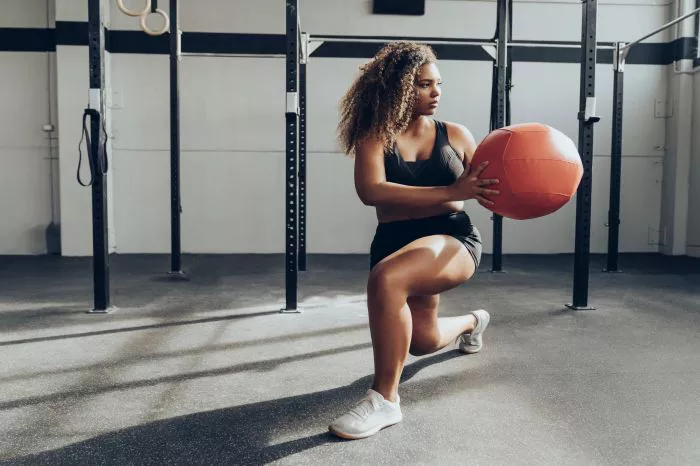Calories serve as the primary unit of measurement for energy derived from food and beverages. Understanding what 1000 calories look like can be an eye-opening experience, shedding light on portion sizes, nutritional density, and the impact of food choices on overall calorie intake. In this visual exploration, we’ll delve into various food items and meals to illustrate what 1000 calories may consist of, offering insights into balanced nutrition, portion control, and mindful eating.
Visual Representation of 1000 Calories:
Fruits and Vegetables:
A large apple (~200g) provides approximately 100 calories. Thus, consuming five apples would equal 1000 calories.
A medium-sized banana (~120g) contains around 100 calories. Eating eight bananas would amount to 1000 calories.
A cup (150g) of cooked broccoli or carrots offers about 50 calories. Consuming twenty cups of cooked vegetables would provide 1000 calories.
Grains and Carbohydrates:
A cup (195g) of cooked rice or pasta typically provides around 200 calories. Consuming five cups of cooked grains would equal 1000 calories.
Two slices of whole wheat bread (70g) contain approximately 200 calories. Consuming ten slices would amount to 1000 calories.
Protein Sources:
A 3.5-ounce (100g) serving of grilled chicken breast provides approximately 165 calories. Consuming six servings of grilled chicken breast would equal 1000 calories.
A 3.5-ounce (100g) serving of salmon offers around 200 calories. Consuming five servings of salmon would amount to 1000 calories.
Dairy and Dairy Alternatives:
A cup (240ml) of skim milk contains approximately 90 calories. Drinking eleven cups of skim milk would provide 1000 calories.
A cup (240ml) of almond milk typically offers around 30 calories. Consuming thirty-three cups of almond milk would equal 1000 calories.
Fats and Oils:
A tablespoon (15ml) of olive oil provides approximately 120 calories. Consuming eight tablespoons of olive oil would amount to 1000 calories.
A quarter-cup (60g) of almonds contains around 340 calories. Consuming three servings of almonds would equal 1000 calories.
Meal Examples totaling 1000 Calories:
Breakfast:
Two slices of whole wheat toast (200 calories)
Two tablespoons of peanut butter (180 calories)
One medium banana (100 calories)
One cup of skim milk (90 calories)
Total: 570 calories
Lunch:
Grilled chicken breast (165 calories)
Half cup of cooked quinoa (111 calories)
Steamed broccoli (50 calories)
Mixed greens salad with olive oil dressing (200 calories)
Total: 526 calories
Dinner:
Baked salmon fillet (200 calories)
One cup of cooked brown rice (215 calories)
Roasted Brussels sprouts with olive oil (120 calories)
Total: 535 calories
Key Takeaways:
Portion Control: Understanding the calorie content of different foods can help you practice portion control and make informed choices about your meals and snacks. Opting for nutrient-dense foods with lower calorie density, such as fruits, vegetables, lean proteins, and whole grains, can help you feel satisfied while managing your calorie intake.
Balanced Nutrition: Aim for a balanced diet that includes a variety of food groups to ensure you’re meeting your nutritional needs while staying within your calorie goals. Incorporating protein, carbohydrates, healthy fats, vitamins, and minerals into your meals promotes overall health and well-being.
Mindful Eating: Pay attention to hunger and satiety cues, and practice mindful eating to avoid mindless snacking and overeating. Focus on savoring each bite, chewing slowly, and listening to your body’s signals of hunger and fullness.
Individual Variability: Keep in mind that individual calorie needs vary based on factors such as age, gender, weight, activity level, and metabolic rate. What constitutes 1000 calories for one person may differ for another, so it’s essential to personalize your calorie intake based on your specific goals and circumstances.
The Bottom Line
In conclusion, visualizing what 1000 calories look like offers valuable insights into portion sizes, food choices, and overall calorie intake. By understanding the calorie content of different foods and meals, you can make informed decisions about your diet, promote balanced nutrition, and maintain a healthy relationship with food. Whether you’re aiming to lose weight, maintain your current weight, or fuel your active lifestyle, awareness of calorie consumption is key to achieving your health and wellness goals.
Related Topics:
Top 5 Belly Fat Burning Exercises


